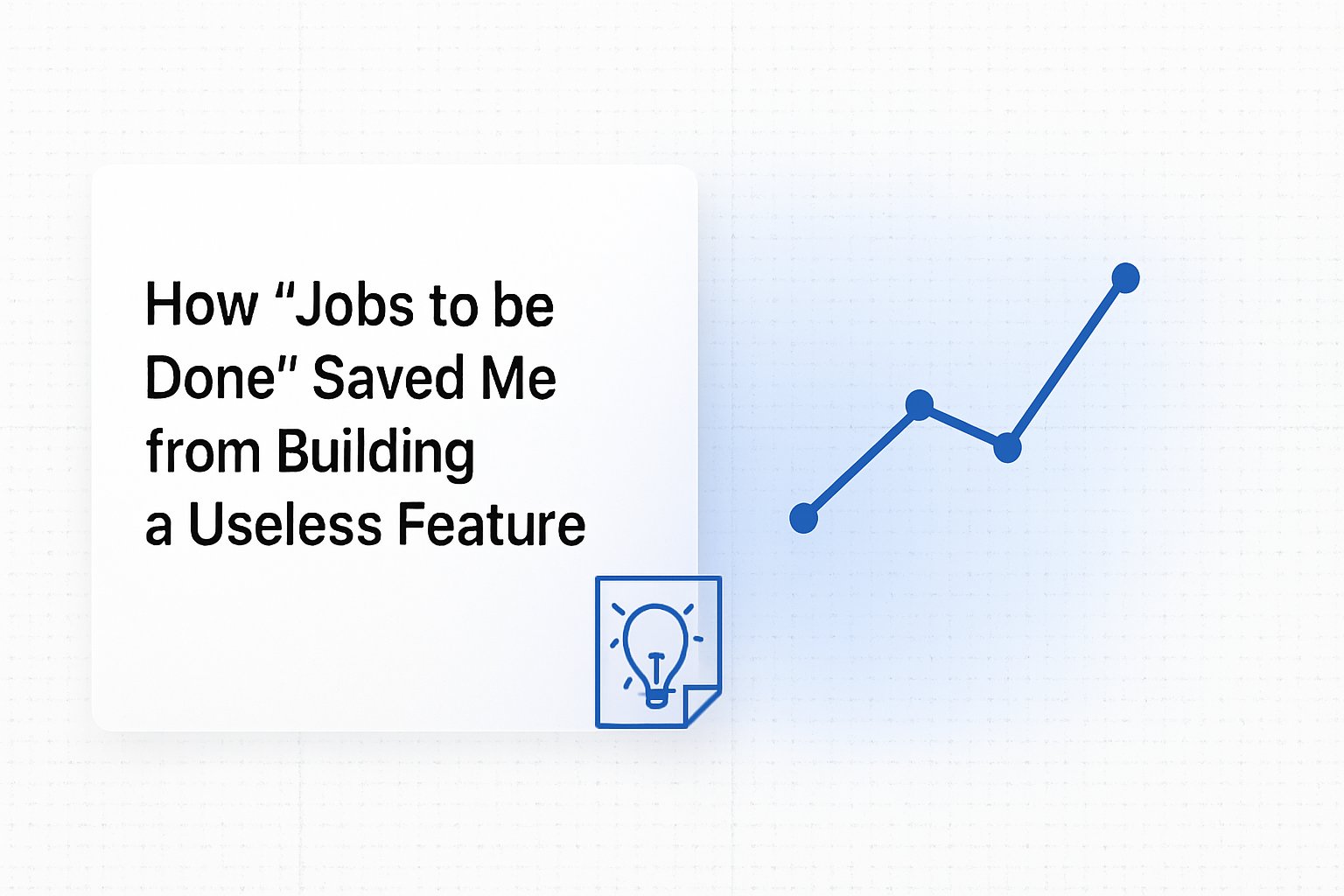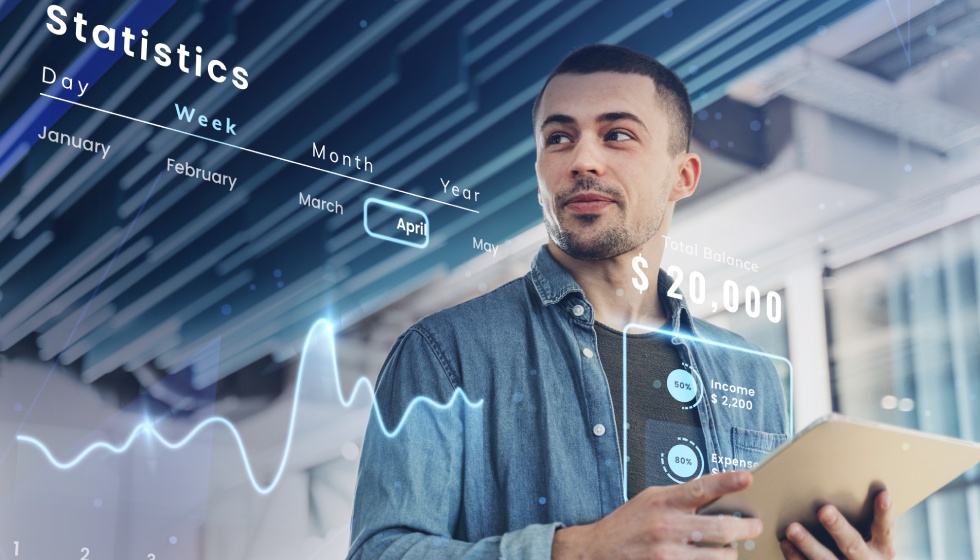As we approach 2025, the rapid evolution of artificial intelligence and data analytics continues to reshape industries worldwide. Recently, DataCamp released a comprehensive overview of the emerging data and AI trends for the coming year, laying out critical predictions and insights that are set to transform the technological landscape.
This post will explore these trends and ten pivotal areas and offer practical strategies for staying ahead of the curve.
Also, I’ve written a post about The Future of AI, which you can read after reading this one.
1. AI Research Outpaces Workforce Adoption
Despite record-breaking advancements in AI research at frontier labs like OpenAI, Anthropic, and Microsoft, integrating these innovations into everyday work processes remains a challenge. While organizations invest heavily in generative AI (GenAI) technology, widespread transformative change is still in its early phases. The current scenario mirrors the early days of electrification: substantial progress exists, but real, tangible impact awaits further integration into operational workflows.
Key Takeaways:
- Investment vs. Adoption: High investment in cutting-edge research contrasts with slower real-world implementation.
- Practical Implication: Businesses need to focus on infrastructure, change management, and aligning AI solutions with clear business use cases to bridge the gap.

2. Frontier Labs Prioritize Product Experience
AI labs are no longer judged solely on model performance in today’s competitive landscape. The competitive edge now lies in how seamlessly these advanced models are packaged into user-friendly products. Whether it’s OpenAI’s custom GPTs or Anthropic’s innovative product features, a strong product experience is emerging as a key differentiator.
Practical Advice:
- User-Centric Design: Invest in developing AI products that require minimal technical know-how, ensuring that the benefits of AI are accessible to non-experts.
- Enhanced Customer Engagement: Focus on integrating AI into existing workflows to deliver immediate, measurable value.
3. AI Agents Break Out of the Lab
The next wave of AI innovation is all about autonomous agents that can deconstruct complex tasks into manageable actions. AI agents are set to revolutionize how industries operate, from writing and debugging code in software development to automating customer service interactions.
Industry Impact:
- Software Development: Code agents will accelerate development cycles, reducing overhead and enhancing productivity.
- Marketing & Customer Service: AI agents will take on research and inquiry resolution, streamlining operations and improving user experience.

4. Video Generation Goes Mainstream
Video generation tools like OpenAI’s Sora and Meta’s Movie Gen are crossing the threshold from experimental to mainstream use. This technology offers exciting opportunities for personalized content creation in advertising, media, and education. However, as these tools become more accessible, they also raise concerns about deepfakes and the potential for misinformation.
Considerations:
- Opportunities: Enhanced creativity and cost reduction in video production.
- Challenges: There is a need for robust safeguards to mitigate risks associated with manipulated video content.
5. Data Teams Begin Shifting Left
Traditionally, data quality and governance have been addressed after data collection. In 2025, we expect a paradigm shift where data teams embed quality checks and governance standards at the very source. This “shift left“ approach ensures that data is clean, reliable, and ready for analysis from the outset.
Action Points:
- Early Integration: Collaborate with data producers to design systems prioritizing downstream usability.
- Process Improvement: Adopt proactive data governance strategies to minimize bottlenecks later in the data lifecycle.
6. Disciplined GenAI Investments
The initial hype around GenAI has given way to a more measured approach. With many projects still in the proof-of-concept phase, organizations are now prioritizing investments that promise clear, measurable returns. This means a stronger emphasis on aligning AI initiatives with strategic business challenges and outcomes.
Strategic Steps:
- ROI Focus: Select projects offering tangible benefits that can be scaled progressively.
- Operational Integration: Re-engineer processes to seamlessly incorporate AI, ensuring that every project has well-defined KPIs.

7. A New Generation of AI Tools Drives Adoption
The AI startup ecosystem continues to evolve with innovative, industry-specific tools designed to lower the barrier to AI adoption. These solutions empower small and medium businesses and pave the way for broader enterprise adoption by effectively addressing niche challenges.
Highlights:
- Tool Maturation: Expect an array of specialized AI tools tailored for vertical-specific applications.
- Broader Impact: As tools become more accessible, their adoption will accelerate, further democratizing the benefits of AI across sectors.
8. Blurring Lines Between Data Roles
Advances in AI-assisted coding and analytics are erasing traditional boundaries between data roles. The rise of AI tools means that business users can increasingly engage in analytical tasks that once required specialized technical expertise. This evolution encourages a more collaborative, cross-functional approach to data management.
Implications:
- Hybrid Roles: The future will see more “full-stack“ data professionals who blend technical skills with business acumen.
- Empowered Teams: Enhanced AI tools will enable a wider range of employees to participate in data-driven decision making.
9. Business Acumen and Data Storytelling Take Center Stage
As technical skills become more democratized through AI, the importance of business acumen and data storytelling is rising. Data teams must now analyze data and translate insights into actionable business strategies. Communicating findings can be just as critical as technical prowess.
Best Practices:
- Training: Invest in developing soft skills, such as effective communication and strategic thinking.
- Storytelling: Learn to craft narratives that resonate with stakeholders, driving home the value of data insights.

10. Bridging the Data & AI Skills Gap
One of the organization’s most pressing challenges is the widening skills gap in data and AI. With a high premium on skilled professionals, businesses must prioritize continuous learning and upskilling initiatives. Addressing this gap is not just about technical training—it’s about fostering a culture of lifelong learning across the organization.
Recommendations:
- Upskilling Programs: Implement robust training programs targeting technical and business-oriented skills.
- Talent Development: Encourage a mindset of continuous improvement to keep pace with rapid technological advancements.
Conclusion
The trends outlined above signal a transformative era for data and AI. While significant challenges remain, the opportunities for innovation and growth are immense. Whether you’re a business leader looking to harness the power of AI or a professional aiming to future-proof your career, understanding these trends is critical. By focusing on user-centric product experiences, embedding data quality early on, and investing in skill development, you can navigate the evolving landscape and position yourself for success in 2025 and beyond.
Stay informed, invest in continuous learning, and embrace the future of technology today. For more insights and practical advice on leveraging data and AI, keep an eye on this space and consider exploring further training opportunities from industry leaders.




